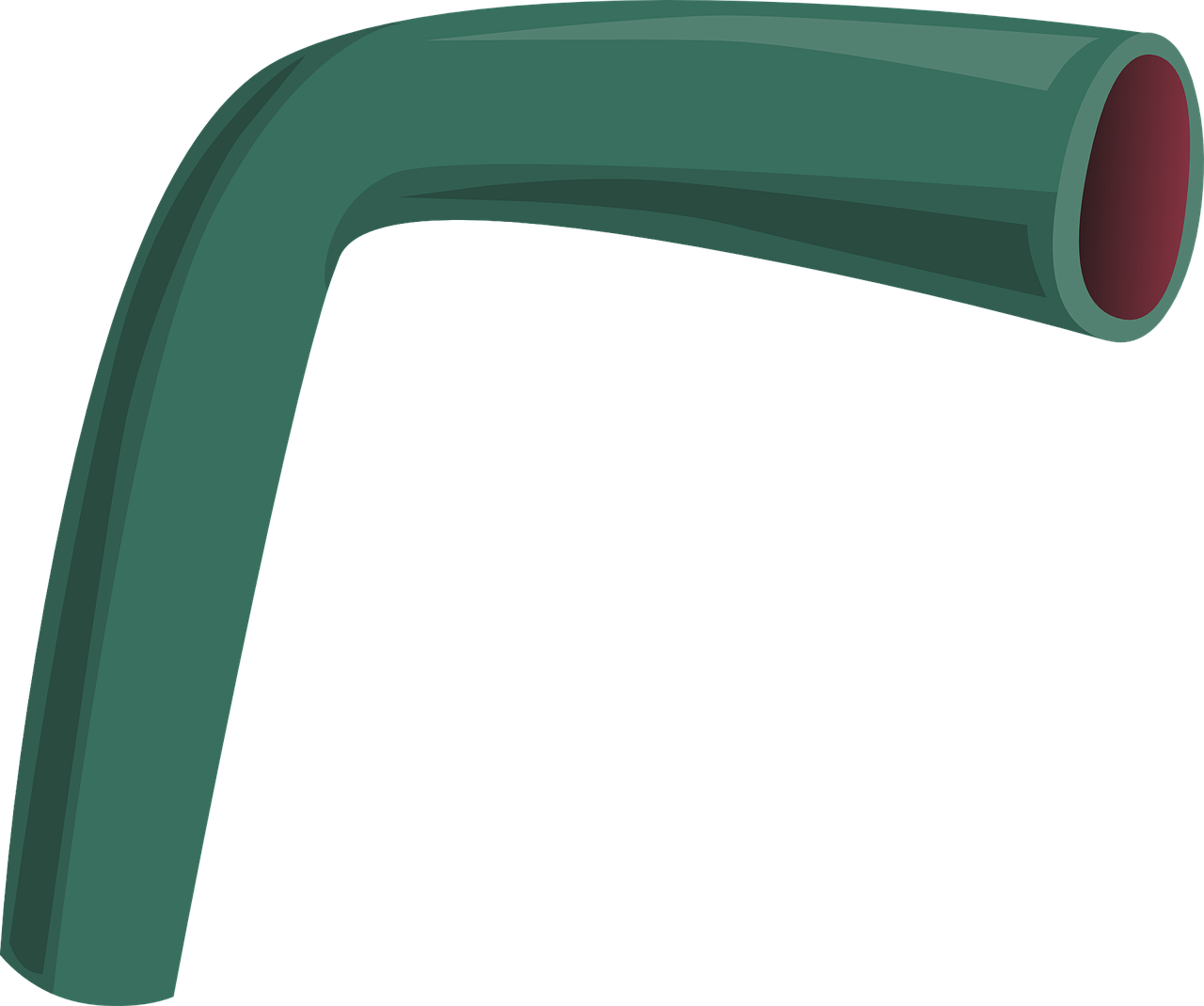Statins, a class of medications hailed for their cholesterol-lowering prowess, have revolutionized the field of cardiovascular medicine. These drugs are prescribed to millions of individuals worldwide with the aim of reducing the risk of heart disease and stroke. However, like any medical intervention, statin therapy comes with both benefits and risks. In this comprehensive overview, we’ll explore the multifaceted world of statins, shedding light on their advantages, potential drawbacks, and the considerations that guide their use.
Statins: Navigating the Complex Landscape of Cardiovascular Health
Statins, the pharmaceutical champions in the battle against high cholesterol, have truly transformed the landscape of cardiovascular medicine. These remarkable medications are prescribed to millions of individuals across the globe, all with a common goal: to mitigate the risk of heart disease and stroke. Yet, within this medical triumph lies a nuanced story of benefits and risks that deserve a closer examination.
The primary role of statins is crystal clear – they excel at lowering cholesterol levels in the blood, particularly the low-density lipoprotein (LDL) cholesterol often referred to as the “bad” cholesterol. By doing so, they contribute to the prevention of atherosclerosis, the build-up of plaque in arteries that can lead to heart attacks and strokes. This cholesterol-lowering prowess is the cornerstone of their reputation.
However, as with any medical intervention, the statin story is not one-sided. While they offer numerous advantages, they also bring potential drawbacks and considerations that necessitate careful thought and monitoring.
In this comprehensive overview, we embark on a journey through the multifaceted world of statins, shedding light on their advantages. We delve into their potential drawbacks, such as the risk of muscle pain and liver abnormalities, which require vigilant monitoring during treatment. We explore the intricate balance between the benefits and risks, helping patients and healthcare providers make informed decisions about statin therapy.
Furthermore, we examine the considerations that guide their use, such as lifestyle modifications, individualized treatment plans, and the importance of shared decision-making between patients and their healthcare professionals. Understanding the full spectrum of statin therapy empowers individuals to take charge of their cardiovascular health and make choices that align with their unique circumstances and goals.
So, as we journey through this exploration of statins, we invite you to join us in navigating the complex landscape of cardiovascular health. By gaining a deeper understanding of the advantages, potential drawbacks, and considerations surrounding statin therapy, you’ll be better equipped to make informed decisions about your own health or that of your patients, ensuring that the path to heart health is as clear as it is effective.
Looking for more insights? You’ll find them right here in our extended coverage: 2018 AHA/ACC/AACVPR/AAPA/ABC/ACPM/ADA/AGS/APhA/ASPC …

Before delving into the benefits and risks, it’s essential to understand how statins operate. Statins work by inhibiting an enzyme called HMG-CoA reductase, a key player in the production of cholesterol in the liver. This inhibition leads to a reduction in LDL (low-density lipoprotein) cholesterol levels, often referred to as “bad” cholesterol. Additionally, statins can have a modest impact on triglyceride levels and may slightly increase HDL (high-density lipoprotein) cholesterol, known as “good” cholesterol.
Before delving into the benefits and risks, it’s essential to understand how statins operate. Statins work by inhibiting an enzyme called HMG-CoA reductase, a key player in the production of cholesterol in the liver. This inhibition leads to a reduction in LDL (low-density lipoprotein) cholesterol levels, often referred to as “bad” cholesterol. Additionally, statins can have a modest impact on triglyceride levels and may slightly increase HDL (high-density lipoprotein) cholesterol, known as “good” cholesterol.
The reduction in LDL cholesterol is particularly significant because high levels of LDL cholesterol are associated with an increased risk of heart disease and stroke. By lowering LDL cholesterol, statins play a pivotal role in cardiovascular risk management, potentially preventing serious health issues.
Furthermore, the potential increase in HDL cholesterol and reduction in triglycerides can contribute to a more favorable lipid profile, further benefiting heart health. However, it’s important to note that the impact on HDL and triglycerides can vary from person to person.
While statins offer numerous cardiovascular advantages, it’s crucial to discuss their use with a healthcare professional. They can assess your individual risk factors, help you weigh the benefits against the potential side effects, and determine the most suitable treatment plan to support your long-term heart health. Understanding how statins work is just the first step in making informed decisions about your cholesterol management.
Don’t stop here; you can continue your exploration by following this link for more details: Statin Medications – StatPearls – NCBI Bookshelf

While statins offer numerous benefits, they are not without risks and considerations:
While statins offer numerous benefits, they are not without risks and considerations. These cholesterol-lowering medications are effective at reducing the risk of heart disease and stroke, but it’s important to be aware of potential side effects and factors to take into account.
One notable consideration is the possibility of muscle pain and weakness, known as statin-associated muscle symptoms (SAMS). While not everyone experiences these side effects, it’s crucial to monitor your body for any unusual discomfort when taking statins and promptly communicate with your healthcare provider if you notice any issues.
Additionally, liver function may need to be monitored regularly, as statins can occasionally affect liver enzymes. Your doctor will likely order periodic blood tests to ensure that your liver is functioning optimally while on statin therapy.
Another consideration is drug interactions. Statins can interact with other medications you may be taking, potentially affecting their efficacy or safety. Therefore, it’s vital to inform your healthcare provider of all the medications, supplements, and over-the-counter drugs you are using to avoid any potential complications.
Lastly, lifestyle changes, such as diet and exercise, should not be overlooked. While statins can be a valuable tool in managing cholesterol levels, they are most effective when combined with a healthy lifestyle. Maintaining a balanced diet, engaging in regular physical activity, and avoiding excessive alcohol intake can all contribute to better heart health and may reduce the need for high doses of statins.
In summary, while statins can provide substantial benefits for cardiovascular health, individuals considering or currently using these medications should be well-informed about potential risks, keep an open line of communication with their healthcare provider, and strive to maintain a holistic approach to heart health that includes both medication and lifestyle choices.
For a comprehensive look at this subject, we invite you to read more on this dedicated page: Standards of Care in Diabetes—2023 Abridged for Primary Care …

Statin therapy is a valuable tool in the prevention and management of cardiovascular disease. However, it is not a one-size-fits-all solution. The decision to initiate statin therapy should be made in consultation with a healthcare provider who considers an individual’s cholesterol levels, overall health, risk factors, and potential side effects.
Understanding the benefits and risks of statin therapy empowers individuals to make informed decisions about their cardiovascular health. For those who stand to benefit, statins can be a lifesaving intervention, while for others, alternative strategies may be more appropriate. The key is to weigh the potential advantages against the possible drawbacks in a personalized and thoughtful manner, with the ultimate goal of achieving better heart health.
To delve further into this matter, we encourage you to check out the additional resources provided here: 2019 ACC/AHA Guideline on the Primary Prevention of …
More links
Should you desire more in-depth information, it’s available for your perusal on this page: AHA’s Statement on the Safety Profile of Statins: Big Benefit with …
